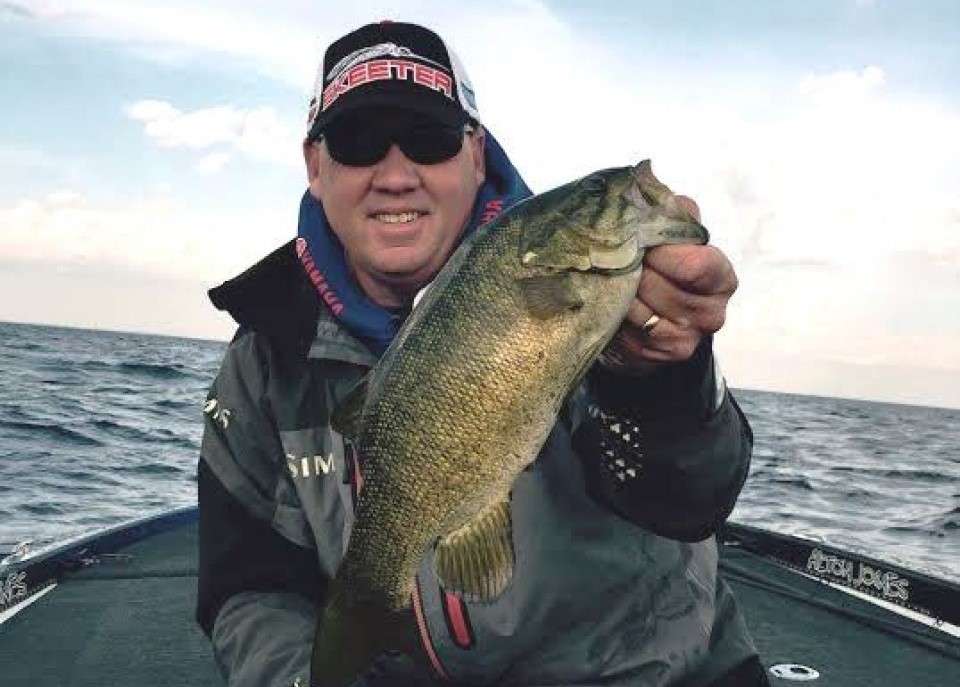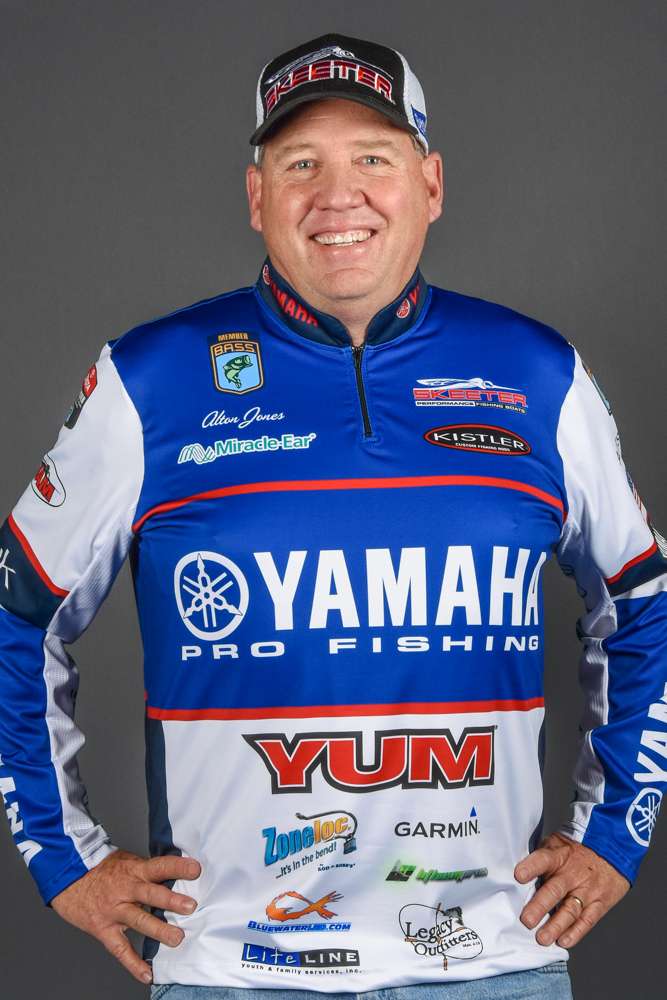
As I prepare for the next Bassmaster Elite Series event on the Potomac River, I want to share a look at my practice plan. It always starts with a goal; I try to find enough in each practice day to last me one day of the tournament.
If I do that, it gives me three days of fish. Sometimes you get lucky and find enough fish on one practice day to last you the whole tournament; some days you don’t find enough for a single day.
For example, on my first day of practice on the Potomac, I feel like I found enough to last me two days. So, if everything remained constant, that would give me one good day and a back-up, in case something falls apart.
Throughout this process, it’s important to remember that part of a successful practice is a mindset. That means eliminating water is just as valuable as finding fish, because that’s water you don’t have to worry about during the tournament.
The Potomac is a big place and the tidal environment makes it even more challenging. That’s why whittling off unproductive areas allows me to focus my attention and effort on the more promising water.
Taking that thought a step further, I’ve always viewed practice as a puzzle. Initially, you’re just trying to put a few pieces in place to get a big picture of what you’re looking at.
By the end of the first day of practice, more of those pieces are falling into place and you know more about what to look for. Just like an actual puzzle, you put the edges together and then you start filling in the middle on the second and third practice days.
Hopefully, by the time practice is over, you have a clear and accurate picture of what the fish are doing on that body of water at the time you’re fishing it.
Now here’s another point that’s really important to me: I’m not big on catching a lot of fish in practice. In fact, I probably take that to the extreme more than anybody in the Elite field.
Every fish you catch in practice — everyone that you stick and burn him — is one that you’re not likely to catch during the tournament. In a four-day tournament, if I’m lucky enough to make all the cuts, I’m going to need every bite I got in practice, regardless of size.
My thought is this: I want to find the fish and I’ll figure out how big they are during the tournament.
That being said, when you’re fishing soft plastics, you can usually tell the difference between a 12-incher swimming around with a jig in his mouth and a 4-pounder swimming around with a jig in his mouth, so you don’t need to stick every fish. You can tell how big they are by how they pull and how they lean on that jig.
Similarly, you can usually tell how big they are with topwaters. It’s a little tricky with crankbaits, and sometimes I’ll go ahead and stick one to check the weight — but only after altering my bait for easier release.
I’ll take my side cutters and cut the points completely off the front treble hook, and I’ll cut two of the three off the back treble hook. With the one remaining point on that back treble, I’ll flatten the barb.
That remaining hook usually lets you lean into a fish a little bit before he pulls off so you know if it was a solid fish or a dinker. Occasionally, you’ll catch one that way, but I greatly prefer to not catch a fish during practice, just to find them.
That strategy usually serves me well and there’s only been one time when that has been to my peril. Earlier this season at Winyah Bay, on the third day of practice, I found a place that I was really excited about and changed my entire strategy because I had 12 bites in one small backwater.
I was flipping a YUM Wooly Hog Craw, but I didn’t stick any of the fish. When I got to my spot on the first morning of the tournament, I caught all 12 of those fish and they were all big warmouth perch.
Occasionally you get bit by other things, but usually you can tell a bass bite. In a 26-year career, I can say that that was the first time that shaking fish off has absolutely burned me. But the rest of the time, this strategy has served me well.
During this week’s event on the Potomac, I think a variety of baits will be productive. Flipping and pitching will definitely play, and I’ll probably use a YUM Bad Mama. I like this compact bait because I can rig it with a 1-ounce weight and punch cleanly through matted grass.
I’m also looking for shallow running crankbaits like the Bandit squarebill to produce well, along with topwater presentations like the Booyah buzzbait, a Zell Pop and a Zara Spook.
Ideally, I’ll find what I need in one key area so I can fish through the tides, rather than running a particular tide. First, I’ll need to find those fish.

